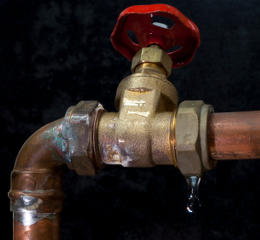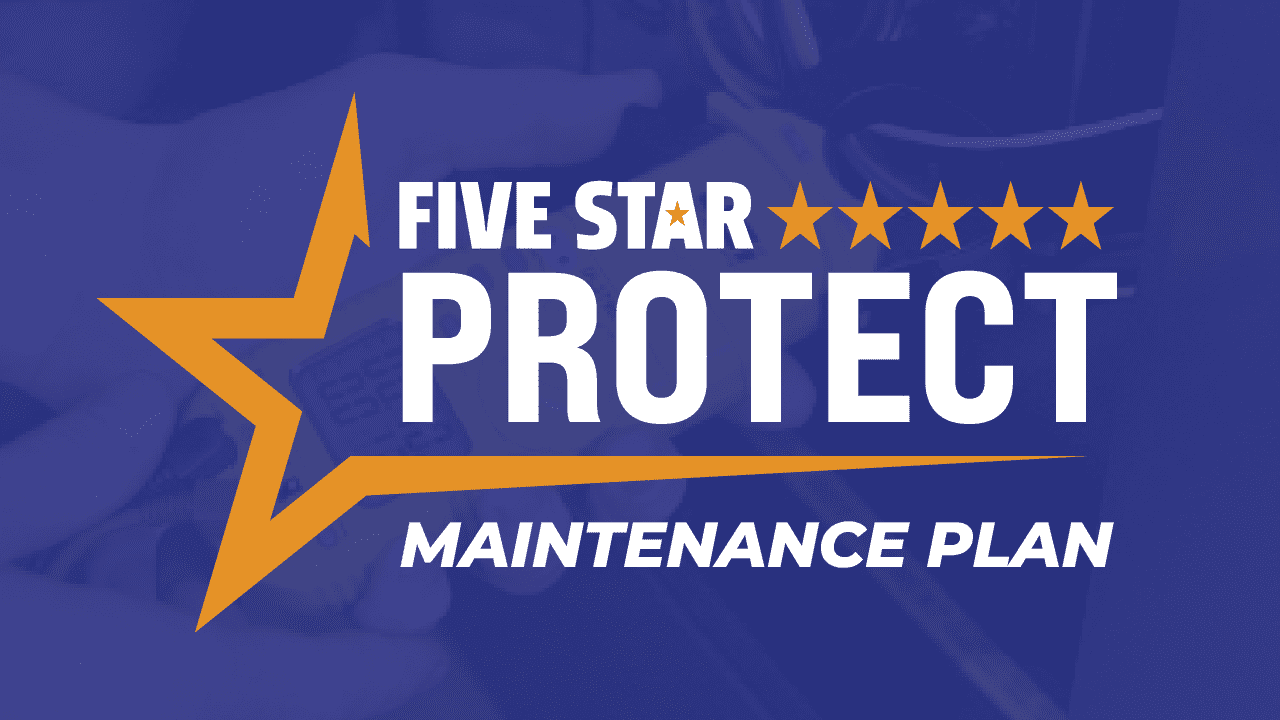All of us at Narrow Path Plumbing know how frustrating a drippy, leaky faucet can be. Those tiny water droplets falling into your sink can sometimes be so maddeningly loud, you can’t sleep.
The good news is that you don’t have to live with leaky faucets. The better news is that fixing a leaky faucet is something that most folks can do quickly and cheaply… on their own. You certainly may need a plumber’s help for some leaks, but the following pointers on fixing leaky faucets can help you get started on a successful do it yourself home plumbing repair.
Remember though, all faucets are different. The advice presented here may or may not work for your particular model, and you may need to do some research on your type of faucet before you get started. Regardless, the odds are good that the repair of your bathroom sink or kitchen faucet will still be something you can do yourself.
Get Ready
Before you start to fix your faucet, you want to be ready. You need to first know whether you have a compression faucet (the kind with two screw handles for hot and cold water) or another type. The other faucet types are less obvious, and you may have to take your faucet apart to know which is which. There are ball faucets, named for the ball bearing inside, cartridge faucets that have a cartridge that may have a decorative cap, and ceramic disk faucets that feature a cylinder inside. The actual process for fixing leaky faucets will vary for all three types. For the most part, all of these repairs will require that some seals and/or O-rings will need to be replaced. Ball faucets will most likely also need a special kit. Screw drivers and a wrench will also most likely come in quite handy. There are plenty of step by step instructions around the web on repairing each type of faucet; the repairs will be easy to do on your own if you just follow instructions.
Turn the Water Off
If you do have to take the faucet apart, you should turn your water off first. Of course, you should also turn it off before you undertake any repair. Turning water off to sinks should be simple; the handles should be under the sink.
Close the Drain
This is probably the best tip we can give you! You will be working with small parts, and they can very easily end up slipping down an open drain if you aren’t careful. If you don’t have a drain cover or a plug, even a rag pushed into the pipe can do the trick. This will save you a lot of hassle and a trip to the hardware store if a screw slips away.





